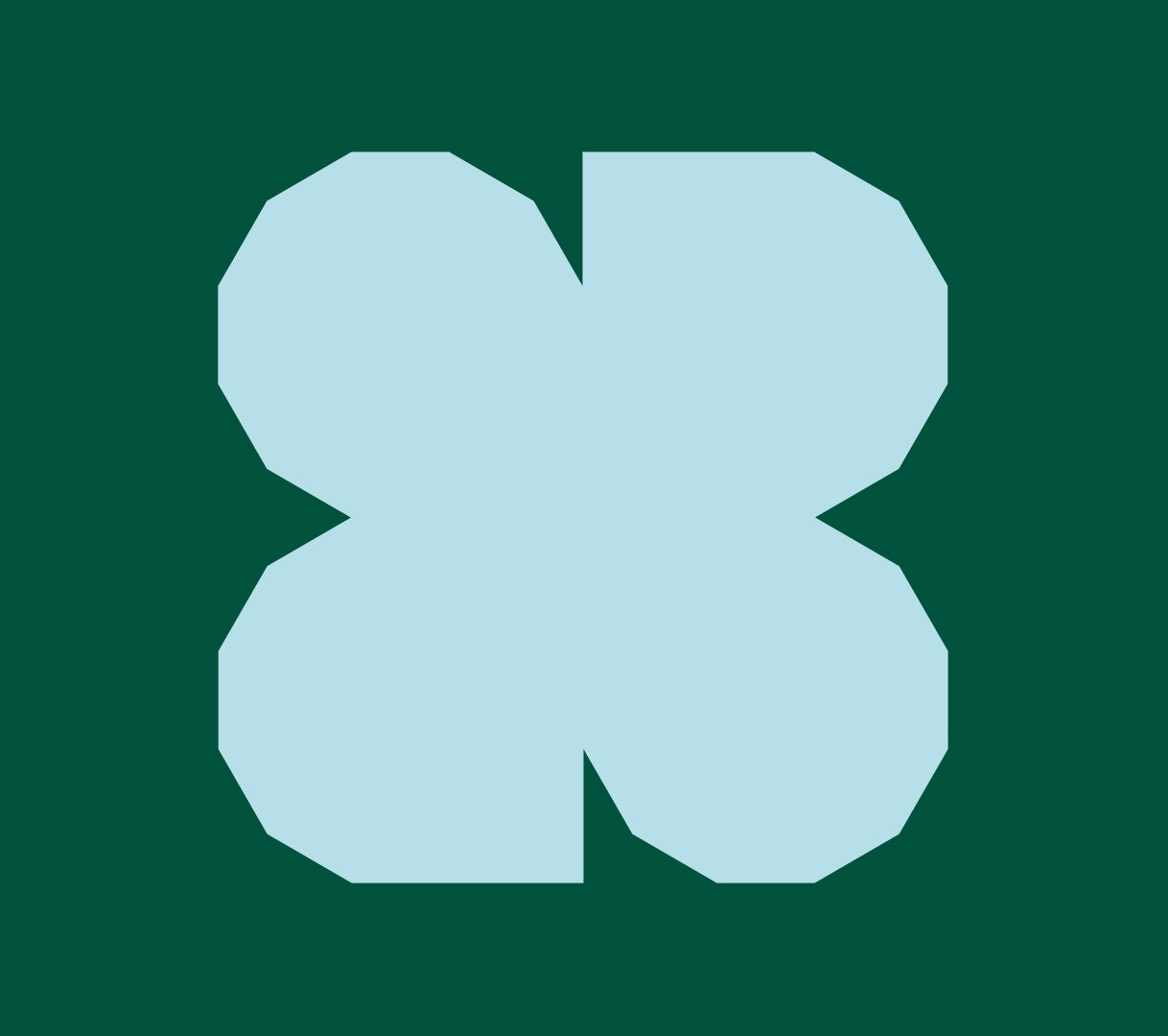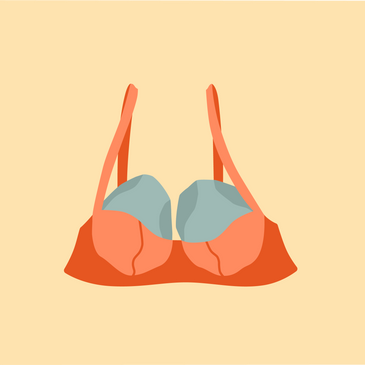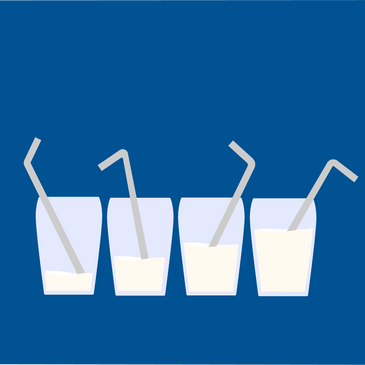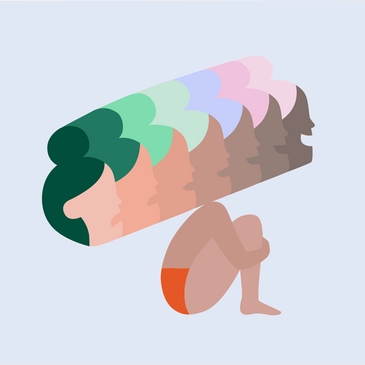Bodily does not provide medical advice, diagnosis, or treatment. The resources on our website are provided for informational purposes only. You should always consult with a healthcare professional regarding any medical diagnoses or treatment options.
What is it?
Sore and cracked nipples are a painful postpartum problem that, unfortunately, many breastfeeding parents face. The good news is you can treat them, and you can take measures to avoid them.
Commonly associated with a baby’s incorrect latch or improper use of a breast pump, cracked nipples — and overall nipple pain associated with breastfeeding — are one of the major reasons parents stop breastfeeding earlier than they planned.
How common is it?
Within the first week after birth, breastfeeding pain, which includes sore, cracked or bleeding nipples, is reported to affect about 50% of breastfeeding people.
How long does it last?
While moisturizers can immediately provide pain relief for sore or cracked nipples, if there’s an underlying issue — like incorrect latch or positioning — the problem will persist until you seek professional help.
Is there anything I can do to prevent it?
There are things you can do to mitigate risk but, ultimately, if you’re dealing with an incorrect latch or other contributing factors, you could still end up with cracked nipples. Still, it’s best to take the right preventive measures:
Moisturize your nipples regularly
It builds skin elasticity, which can help mitigate dryness and prevent nipple cracking.
Continue to moisturize your nipples while breastfeeding
Go for scent-free products, ideally ones that are coconut- or olive-oil based, and opt for a tube over a jar: In the event that you have thrush (an infection that should be treated by a doctor), the process of dipping and re-dipping your finger can spread bacteria and perpetuate the infection.
Don’t use soap
It can dry out your skin. Before you wash your breasts, apply a liberal amount of lanolin (an animal-derived wax) or a plant-based alternative, which creates a protective skin barrier against hot water, which can dry out your skin.
What can be done to remedy it?
If you are experiencing sore or cracked nipples, it’s likely related to breastfeeding position and latching; read more on how to establish a good latch. (Here’s a handy one-sheeter for reference.)
Maintain moisture
Research shows moisture on open wounds can help them heal up to 50% faster and decrease pain while nursing. Consider an all-natural ointment that soothes and protects your nipples.
Avoid soap
Since it dries out your skin, it’s important not to use it on your nipples while breastfeeding.
Apply warm compresses
Rubbing breast milk on nipples and applying warm compresses have been shown to help reduce pain and ease soreness (even more so than lanolin, according to clinical studies).
Try cooling gel pads
Vegetable glycerin gel pads can have a cooling effect on sore or chafed nipples, providing relief, and can easily be worn in bras. (Fun tip: For an extra cooling effect, refrigerate the pads between uses.)
Skip bras that are tight
They put too much pressure on tender skin and sore nipples. Instead, wear nursing bras that are designed specifically for this time so your breasts aren’t compressed (like our Everything Bra & So Easy Bra).
Avoid irritants
Fragranced laundry detergent, body wash and lotion can irritate tender or sore nipples.
Nurse on the side that is not cracked first
The baby will likely nurse more gently on the second breast, giving your cracked nipple a bit of a break.
Consider silicone nipple shields
An option for short-term relief, nipple shields cover the nipple and protect wounds from friction and irritation. You should reach out to a lactation consultant for guidance if you’ve reached the point where you need a nipple shield.
When should I be worried?
If you’ve tried everything, know there are other variables at play and you should seek professional help. Regardless of where you are in the experience, don’t hesitate to talk to a professional, whether it’s a lactation consultant or local breastfeeding support group. They can evaluate your baby’s feeding and check to see whether he or she might have a lip- or tongue-tie (where the connective tissue in the baby’s mouth restricts their tongue and lip movement, and impacts their ability to nurse effectively).





